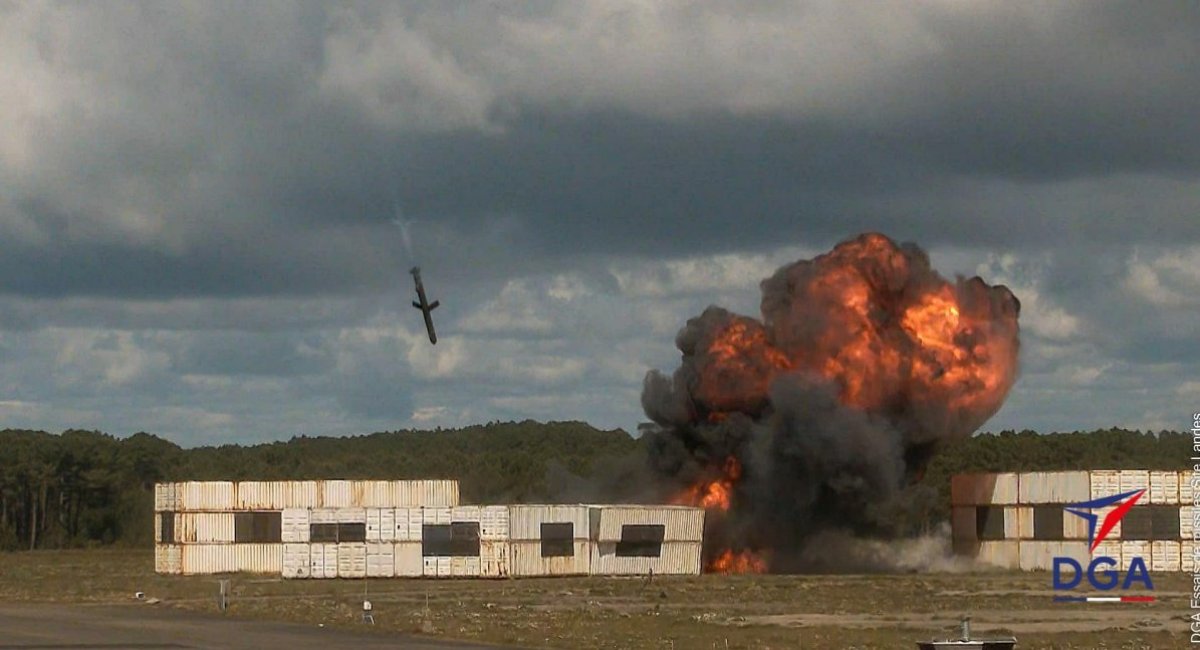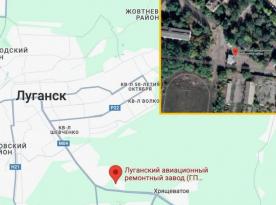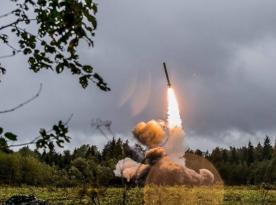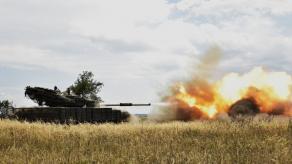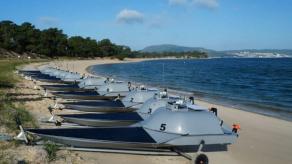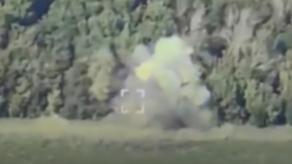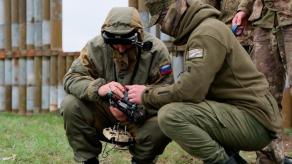The new German government, led by Friedrich Merz, is clearly pursuing a revised strategy toward Ukraine — one that involves keeping its specific elements undisclosed.
This stands in sharp contrast to the approach under Olaf Scholz, when the German government regularly updated its military aid list for Ukraine. These updates detailed, down to the individual unit, what equipment was being transferred, including armored vehicles, ammunition, and air defense systems. They also included not only items delivered, but also those on order, allowing for public assessment of both quantity and delivery timelines.
Read more: Germany Sends 220,000 Rounds for Ukraine’s Gepards — But How Long Will They Last?
It’s worth noting that this level of transparency was partly driven by Berlin’s initial reluctance to support Ukraine at the same scale as other countries during the early months of russia’s full-scale invasion. Germany faced intense criticism at the time. But by the summer of 2022, as Germany rapidly emerged as a leading supporter of Ukraine, the government began speaking more openly and assertively about its aid efforts.
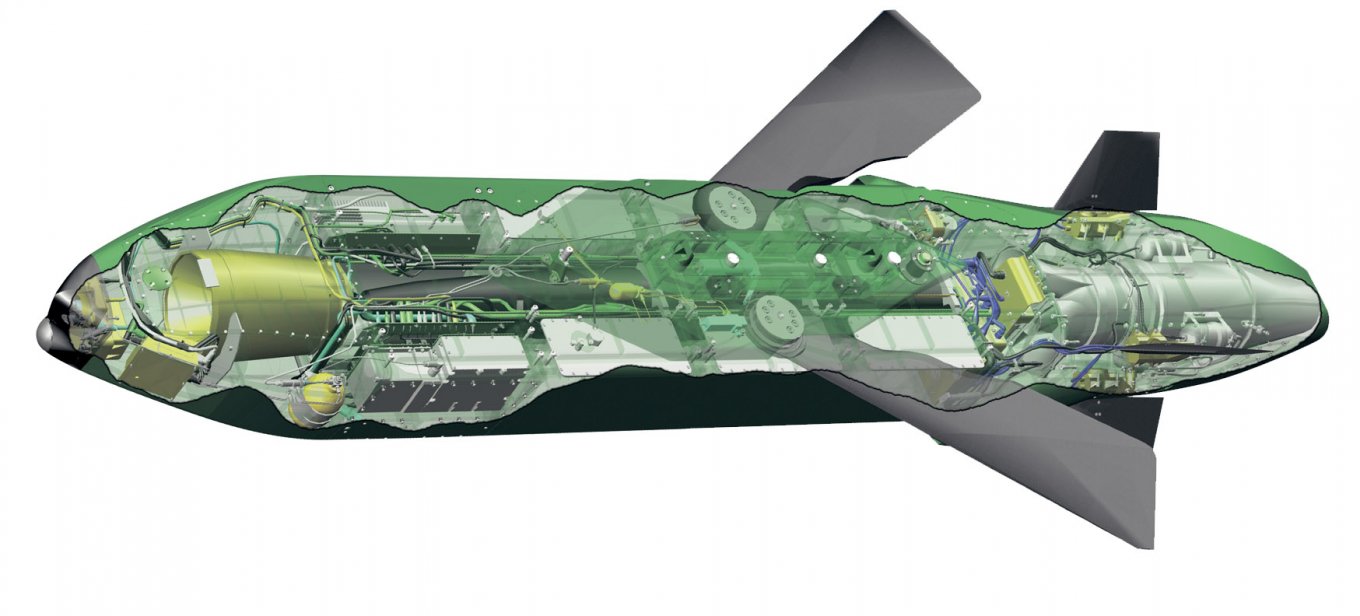
Now, however, German officials are deliberately avoiding advance warnings to the Kremlin about new military assistance to Ukraine. A particularly illustrative example is a recent interview with German Foreign Minister Johann Wadephul, published in Zeit.
In the interview, Wadephul was directly asked why the promised delivery of Taurus cruise missiles, pledged by Merz, had still not materialized. He replied only that Taurus is a complex weapon system that is difficult to provide access to. Even more notable, however, was another statement he made:
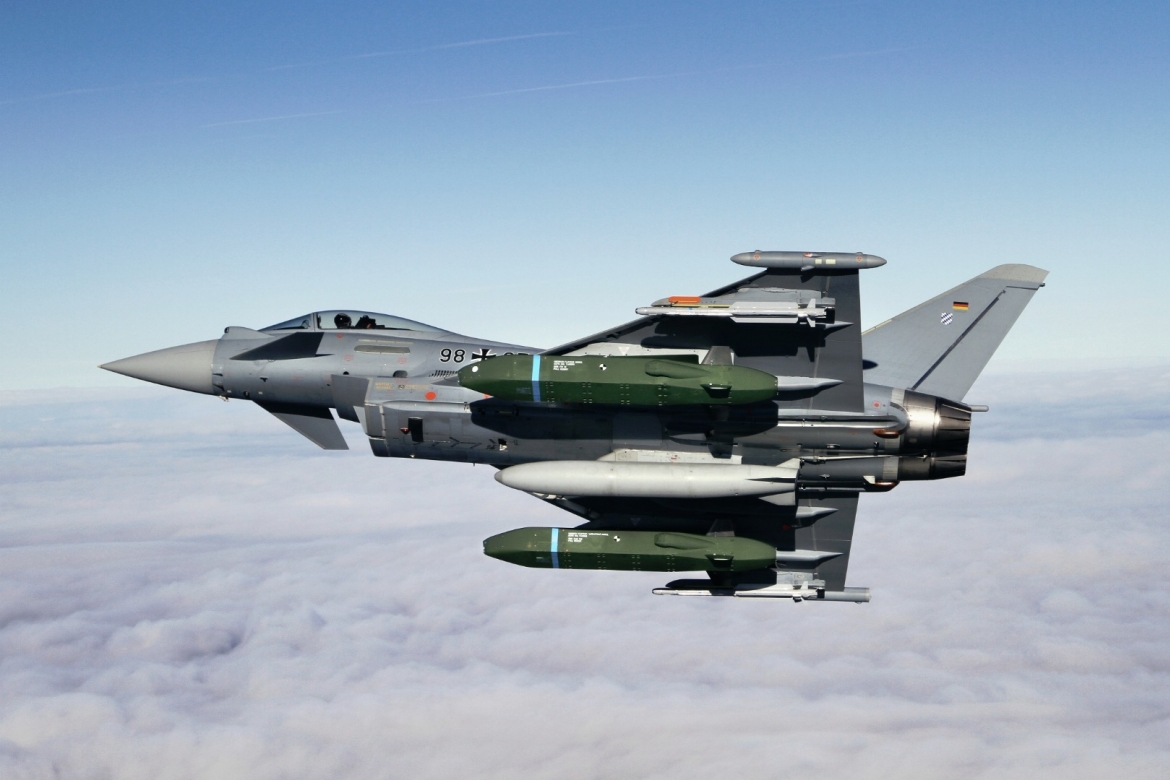
"One thing is certain: Ukraine has the right to defend itself from attacks. For that purpose, it will also receive means to influence Russian territory. However, we will not disclose to Putin which weapons systems we are supplying to Ukraine," said the German foreign minister.
Firstly, attention should be paid to the use of the word "providing," which may not necessarily indicate a finalized decision to allocate funds for Ukraine to manufacture its own long-range weapons. Secondly, what is striking is that Berlin now openly discusses strikes on russian territory — a sharp departure from its previous insistence, just two years ago, that no German weapon should be used against targets inside russia.
It also appears increasingly likely that the Taurus missiles can be ruled out, as Germany plans to retain them in service until at least 2045. Instead, attention should be given to another remark by Johann Wadephul, who stated:
"Equipping Ukraine with new weapon systems is no longer a financial issue, but rather one of availability and production capacity. That’s the bottleneck — and we’re working on it."
This suggests that the secret German weapon system intended to support Ukrainian strikes on russia may, in fact, be a completely new capability. Moreover, it may currently be in the early stages of industrial production in Germany.
What exactly this system might be is difficult to predict. However, there is a growing sense that German decision-makers now fully understand that any weapon capable of exerting real "influence" on russia must be scalable, cost-effective, and compatible with existing industrial infrastructure — particularly the automotive sector, which, unlike the defense industry, has not been downsized or stagnant over the past two decades.
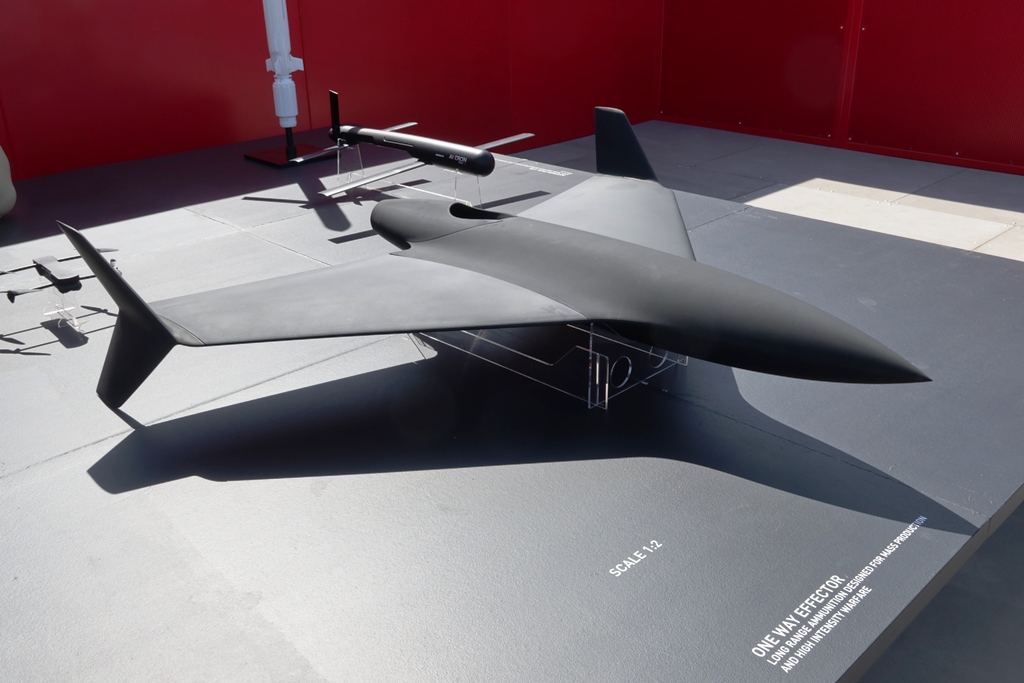
At the very least, this principle was recently demonstrated by the pan-European missile consortium MBDA with its One-Way Effector — a hybrid drone-missile system. However, it is unlikely to be the system intended for Ukraine, as its official production timeline does not begin until 2027.
Still, it is equally unlikely that this logic and approach have gone unnoticed by other potential developers of long-range strike systems.
Read more: Closer Look at the One-Way Effector: Europe’s Jet-Powered "Shahed" with a 155mm Shell Inside




